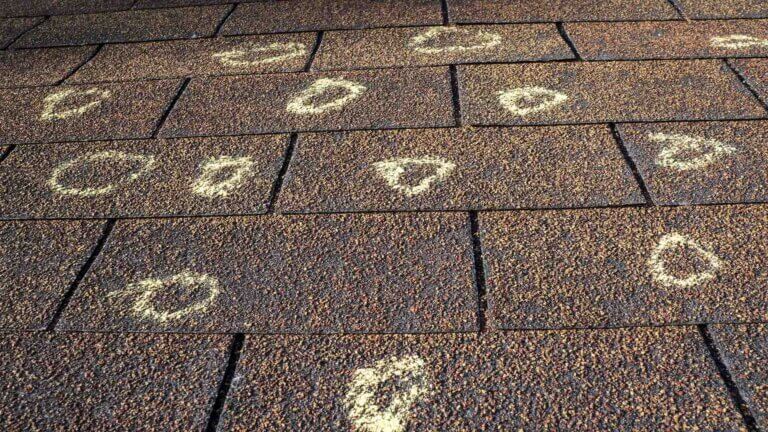The value of combining deterministic and probabilistic models in wildfire risk management
Welcome to the final installment of our four-part series on wildfire hazard and risk management where we will explore the optimal use of CoreLogic’s wildfire risk models within the insurance industry ecosystem. To ensure a holistic view into wildfire, we recommend that you read parts one, two, and three before reading this piece.
Throughout the U.S., we are seeing more homes burn than ever before. In California, 16 of the state’s 20 most destructive wildfires occurred in the last seven years. This includes fires such as the Camp Fire, the Tubbs Fire, and the North Complex Fire. Moreover, in Colorado, 11 of the 20 most destructive wildfires also occurred in the last seven years. As wildfires are becoming more consequential for property owners, insurers, and other stakeholders, it is important to have the right solutions incorporated into your workflow to effectively address this complex peril.
In part one of the four-part series, we dove into our deterministic model Wildfire Risk Score™ (WFRS™) and discussed the importance of having an easy-to-use, 5-100 score when assessing risk within your current workflow. In part two we identified the value and importance of wildfire simulations in enterprise risk management. The CoreLogic® U.S. Wildfire model is a full simulation probabilistic model providing metrics like average annual loss, exceedance probability, uncertainty, probable maximum loss, and tail value at risk.
The Wildfire Risk Score and the U.S. Wildfire model incorporate the same underlying factors. Wildfire Risk Scores incorporates and assesses factors like fuel, terrain, wind, drought, and distance to higher hazard fuels and wildland. The U.S. Wildfire model builds upon these factors by incorporating and assessing additional components such as fire weather conditions, frequency of past fires, fire suppression, mitigation measures, and building characteristics. While WFRS provides a view of the hazard, the U.S. Wildfire model provides insight into both the hazard and structure characteristics.
Give Yourself a Comprehensive View of Wildfire Risk
Two Perspectives Are Better Than One
Correlation between the Wildfire Risk Score and the U.S. Wildfire model is apparent when looking at the relationship between the average loss cost produced from the U.S. Wildfire model and the Wildfire Risk Scores (pre-burn), which is broken down by deciles. As the Wildfire Risk Score increases, so too does the average loss cost (Figure 1). However, due to the specific purpose of the model, when looking at the property level, users must anticipate some degree of divergence.

Although the two models generally correlate, some divergence exists due to the broad range of aggregated simulated events and inclusion of property characteristics and secondary modifiers. For example, a high WFRS and a low average annual loss may be due to the proximity of hazardous fuels to a property and lower fire frequency. Certain fuels are known to be highly combustible and can influence the Wildfire Risk Score, but a low ignition frequency can result in a lower average annual loss from the U.S. Wildfire Model.
Using these models together can allow for increased success in accurately assessing risk. In underwriting, Wildfire Risk Score can be utilized as the primary view of the hazard, allowing carriers to set their threshold on a 5-100 scale for risk assessment. For example, if a carrier selected 50 and under as an acceptable risk, no additional analysis is required for properties that fall in the 5-50 score range.
However, the U.S. Wildfire model’s average annual loss could further assist in the risk assessment, when the WFRS falls in 51-60. Dependent on a carrier’s average annual loss threshold, certain properties may need to be reviewed by an underwriter.
Accounting for Wildfire Mitigation
Moreover, when estimating risk, it is also important to take into account the presence of wildfire mitigation. The CoreLogic Wildfire Mitigation Score™ (WFMS™) is a California-specific deterministic model created for insurers, lenders, and other service providers impacted by the regulatory requirements created by the California Department of Insurance (Section 2644.9).
WFMS provides a qualitative and quantitative look into risk by identifying the presence of community, property, and building-hardening mitigation measures and accordingly reducing the risk score if there are applicable mitigating actions.
Wildfire Risk Score, Wildfire Mitigation Score, and the U.S. Wildfire Model each serve a specific purpose with respect to this complex peril. Using these tools together can facilitate the assessment of higher-risk properties with easy screening and risk selection. Additionally, these models can quantify the impacts of structural vulnerability and completed mitigations to the overall portfolio.
Wildfire is a complex peril, and it is increasingly important to have the right tools in your workflow. As you continue to manage your risk and business goals, we invite you to explore CoreLogic’s wildfire solutions.
©2023 CoreLogic, Inc. All rights reserved. The information in this blog may not be reproduced or used in any form without express written permission. While all the statements and information are believed to be accurate, CoreLogic makes no representation or warranty as to the completeness or accuracy of the statements and information and assumes no responsibility whatsoever for the information and statements or any reliance thereon. CoreLogic®, Wildfire Risk Score™, WFRS™, Wildfire Mitigation Score™ and WFMS™ are the trademarks of CoreLogic, Inc. and/or its subsidiaries.

